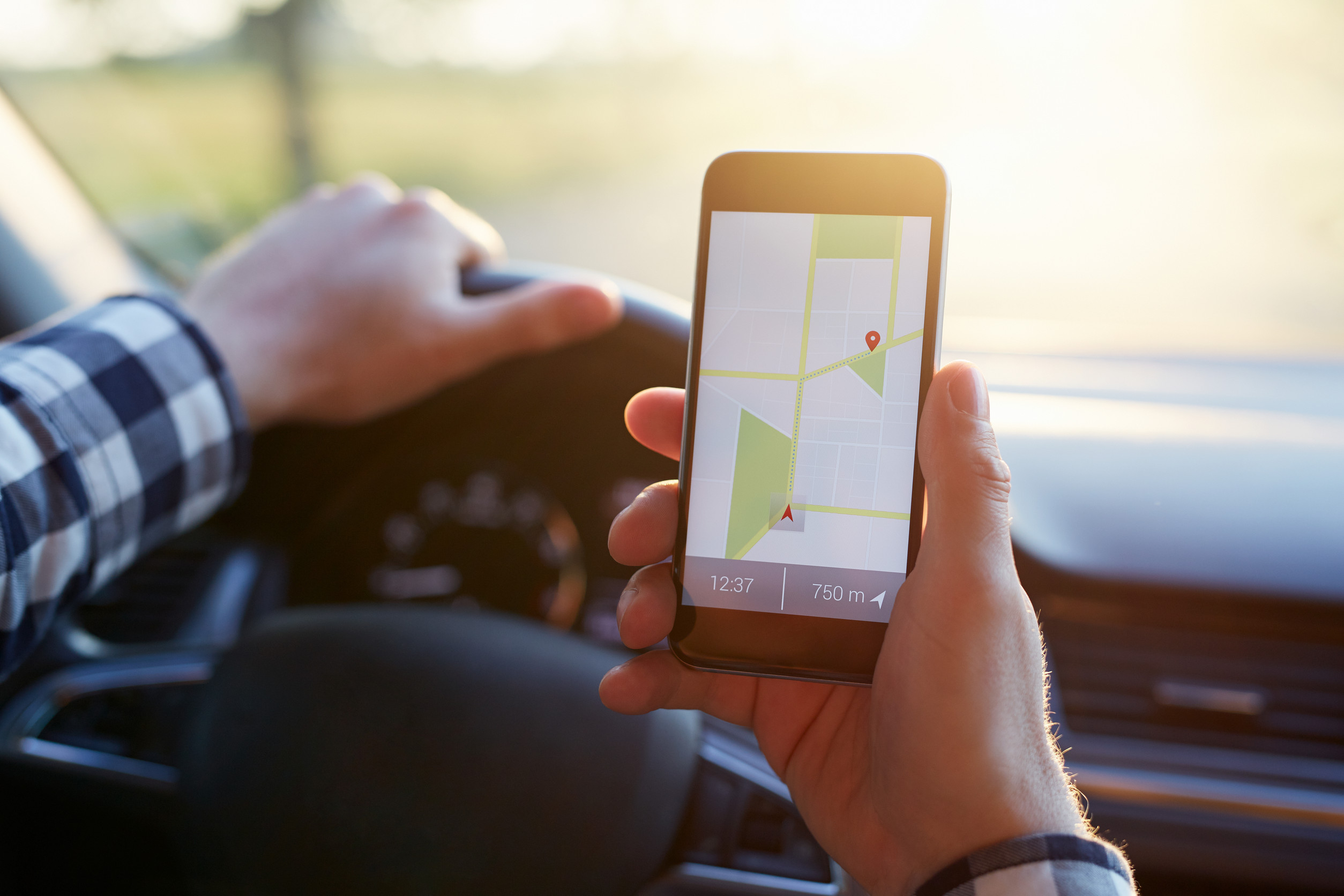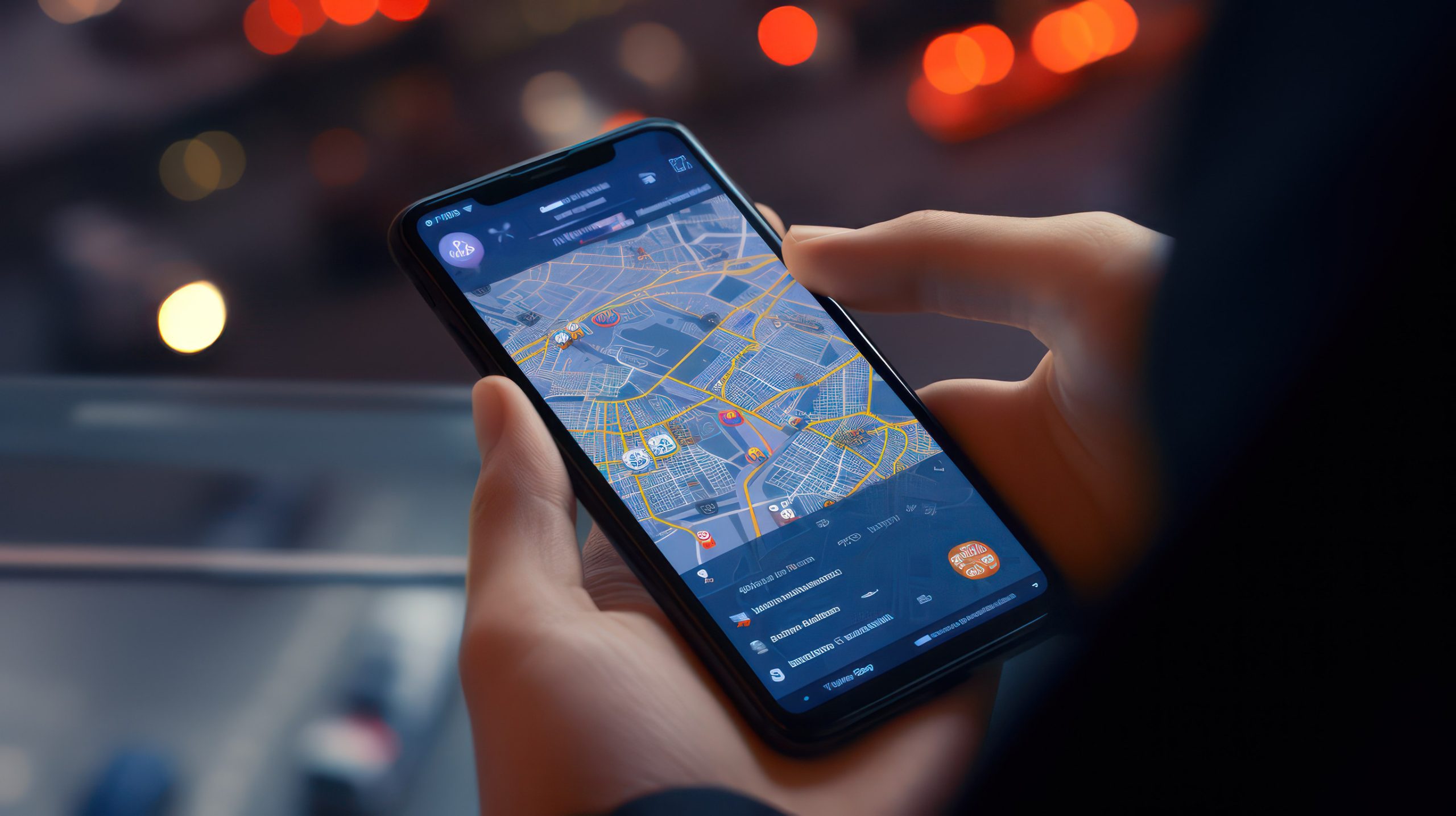Relying on GPS has become second nature. It’s built into smartphones, cars, and even watches—quietly steering millions through daily commutes and unfamiliar roads. But blind trust in this technology can backfire, sometimes in dangerous ways. Navigation apps don’t always consider the full context of a route: weather, road conditions, crime rates, or terrain. And when that happens, a simple drive can turn into a hazardous mistake.
1. Leading Drivers into Dangerous Terrain
GPS systems calculate routes based on distance or time, but they rarely understand the physical demands of the terrain. Drivers have followed GPS directions straight into remote mountains, desert trails, or seasonal backroads not suited for standard vehicles. In places like Arizona or Colorado, this has led to motorists getting stranded without cell service or help in reach. The GPS may see a passable road, but in reality, it could be impassable mud, snow, or rock. This disconnect between digital data and physical reality has left people injured, lost, or worse.
2. Ignoring Road Closures and Construction Zones
When a GPS fails to update in real-time, it may route drivers straight into closed roads or active construction areas. This happens more often in rural or fast-developing regions where updates lag or detours are temporary. Some drivers, unfamiliar with the area, follow GPS instructions without questioning the road ahead. They’ve ended up in trenches, among heavy machinery, or needing to make dangerous U-turns with limited visibility. An outdated map can quickly turn into a safety hazard when heavy equipment and shifting traffic patterns are involved.
3. Sending Pedestrians into Unsafe Neighborhoods
GPS apps prioritize the fastest walking routes without evaluating neighborhood safety. Tourists or out-of-towners trusting their devices may find themselves walking through high-crime areas simply because it shaves a few minutes off the trip. These shortcuts don’t account for lighting, police presence, or recent incidents. Stories of people getting mugged or harassed after blindly following GPS walking directions aren’t rare. A map might get someone to their destination quickly, but not always safely.
4. Directing Drivers the Wrong Way on One-Way Streets
Malfunctioning or outdated GPS data can mislabel roads, especially in dense urban areas where traffic flow often changes. Drivers have followed directions that lead the wrong way down one-way streets, endangering themselves and others. These errors can be catastrophic in busy cities with heavy pedestrian traffic and limited visibility. Even a momentary lapse caused by confusing GPS commands can result in a head-on collision. Trusting the screen over street signs has repeatedly proven to be a risky move.
5. Encouraging Distraction While Driving
Many drivers rely so heavily on GPS instructions that they lose focus on the road itself. Instead of scanning intersections or road signs, their eyes bounce between the screen and windshield. Voice instructions help, but complex turns, rerouting, or unclear commands often require visual confirmation. That split-second distraction can mean missing a red light, hitting a cyclist, or drifting into another lane. Overdependence on GPS shifts attention away from critical driving tasks, increasing accident risk.
6. Misleading Truck and Large Vehicle Routes
Commercial drivers using standard GPS apps often get routed through streets that can’t accommodate their vehicle’s size or weight. Low bridges, narrow lanes, and tight corners aren’t flagged in consumer-grade navigation systems. This mismatch has caused delivery trucks to get stuck under overpasses or forced to reverse out of narrow alleys. Even dedicated trucking GPS devices can be wrong if their data isn’t frequently updated. These routing errors put both the driver and surrounding motorists in danger, especially in busy urban areas.
When Navigation Becomes a Risk
GPS is a powerful tool, but it’s not infallible. Whether it’s leading drivers into remote wilderness, steering trucks into tight corners, or distracting someone behind the wheel, there are real risks when we rely on it too heavily. The safest navigation is always a blend of tech, awareness, and good judgment. Understanding where GPS can fall short is the first step to staying safe on the road.
Have you ever had a GPS mishap? Share your story or thoughts in the comments below.
Read More
10 Ways Social Media is Exposing Your Exact Daily Movements
6 Common Items Burglars Hope You Leave in Plain Sight


